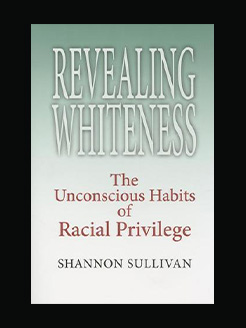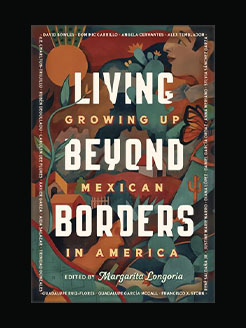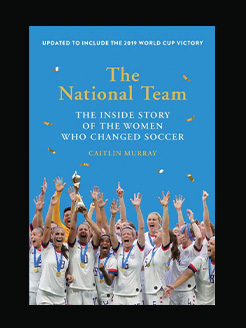Published in 2002
260 pages
Mary Gabriel was educated in the United States and France, and worked in Washington and London as a Reuters editor for nearly two decades. She is the author of two previous biographies: Notorious Victoria: The Life of Victoria Woodhull, Uncensored, and The Art of Acquiring: A Portrait of Etta and Claribel Cone. She lives in Italy.
What is this book about?
For four and a half decades, Etta and Claribel Cone roamed artists’ studios and art galleries in Europe, building one of the largest, most important art collections in the world. At one time, these two independently wealthy Jewish women from Baltimore received offers from virtually every prominent art museum in the world, all anxious to house their hitherto private assemblage of modern art. In 1949, they awarded all their holdings to the Baltimore Museum of Art. In 2002, that collection was valued at nearly $1 billion, making them two of the most philanthropic art collectors of our age.
Yet, for complex reasons, the story of the Cone sisters has never been fully or accurately told. Gertrude Stein suggested in her writings that the mousy Etta and the regal Claribel had little artistic sense of their own, buying only what she and Leo Stein advised them to buy. For most of those 45 years, though, the savvy Cone sisters knew exactly what they were doing, and why. But they thought it undignified in life or death to call much attention to themselves, always emphasizing that the art, not its collecting, mattered most.
Mary Gabriel, an art-minded journalist and women’s historian, has, at long last, brought the little-known sisters to life, and shone the spotlight on their remarkable achievements.
That these two upright, Victorian women led the way in purchasing the scandalous, erotic art of Matisse, Picasso, and others, is itself one of the most fascinating yet incongruous aspects of their story. Etta and Claribel Cone supported the 20th century’s revolutionary artists from their impoverished beginnings–when Henri Matisse, for example, was reviled by critics as a “wild beast,” and Pablo Picasso scratched out a living in a hovel. By contributing to the livelihood of avant-garde artists in whom they deeply believed, the sisters helped coax out, then preserved some of the greatest art of the modern era.
Though it intimately portrays two powerful, influential, ahead-of-their-time women, The Art of Acquiring is more than a tale of two sisters, more than an important addition to art history, and more than a major contribution to the study of women’s history. Because it reproduces some of the more famous and important art of Matisse, Picasso, Cézanne, Dégas, and others, The Art of Acquiring enables readers to practically step through the canvas and live in the shocking paintings these two unsung sisters purchased, then gave to the world-at-large.
Finally, a lovely, absorbing biography of the neglected Cone sisters.







